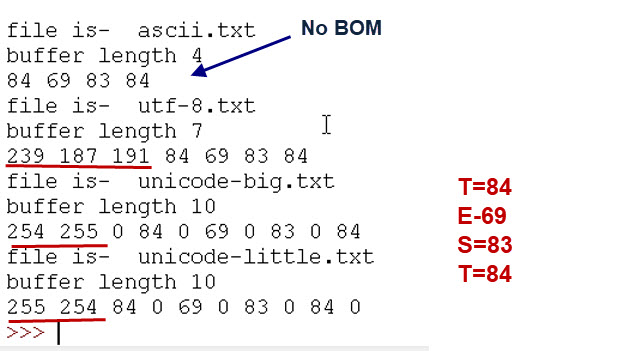

Types of text encoding code#
(Programming languages still mainly consist of characters found in ASCII encoding, althought it's possible for example in Java to use UTF-8 encoding in variable names, and the source code file is usually stored as something else than ASCII encoded text, for example UTF-8 encoding.) Is short: To support computer program's user interface localizations to many different languages. If you've ever made somesort of email system with PHP, you've probably encountered Base64. Here's some information about the differences.īase64 is used when there is a need to encode binary data that needs to be stored and transferred over media that are designed to deal with textual data. Those weird figures on photos you may have seen around the world just might be letters, not pretty pictures.Īs for the differences between different encoding types you need to see their specification. (If SO was ASCII only or you try to read this text as ASCII encoded text, you'd see some weird characters in the places of ä, å and ü.) Think also the China, Japan, Thailand and other "exotic" countires. But in many counties we need characters like ä, å, ü etc. Reasons are many I believe but the main point is: "How many characters you need to display (encode)?" If you live in US for example, you could go pretty far with ASCII.


 0 kommentar(er)
0 kommentar(er)
